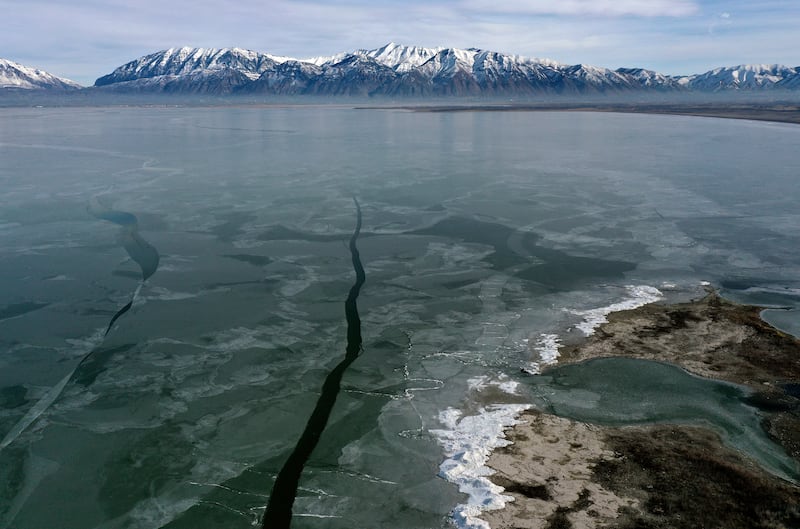The recent article, “Dredging Up the Past” by Benoît Morenne, does an able job of exploring the potential and pitfalls of the planned Utah Lake restoration project. One thing notably absent from the discussion, though, is Utah Valley’s location in an active seismic zone.
Building on dredged landfill or actual lake beds has subjected buildings to soil liquefaction and heavy damage in past earthquakes. The Marina District of San Francisco was built atop rubble from the 1906 earthquake and from dredging in the bay. It experienced some of the worst damage in the 1989 earthquake. Additionally, large areas of Mexico City, built on the drained lake bed of former Lake Texcoco, suffered major devastation in a 1985 earthquake even though nearly 250 miles from the epicenter.
Building residences in the middle of a lake on soil that will likely suffer liquefaction in an active seismic zone is a risky proposition. As seen from the 2020 earthquake, Utahns don’t have to wait for one of the segments of the Wasatch Fault to slip to experience a consequential earthquake. Discussion over the Utah Lake project should take Utah’s seismic danger into consideration.
Jonathan D. Hepworth
Athens, Georgia

